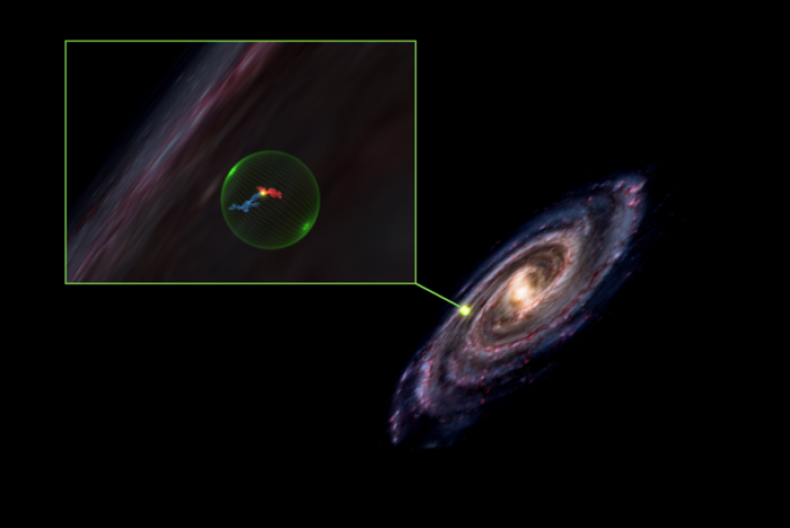Source: Newsweek Astronomers have discovered a gigantic cavity in space while studying 3D maps of nearby star-forming clouds of gas and dust. The bubble-shaped void in the Milky Way is around 500 light-years wide and is located between the star-forming clusters of gas, or molecular clouds, in the Perseus and Taurus constellations. The research team
Source: Newsweek
Astronomers have discovered a gigantic cavity in space while studying 3D maps of nearby star-forming clouds of gas and dust.
The bubble-shaped void in the Milky Way is around 500 light-years wide and is located between the star-forming clusters of gas, or molecular clouds, in the Perseus and Taurus constellations.
The research team that discovered the void believes that it may have been created when a star went supernova in the vicinity around 10 million years ago. The tremendous stellar explosion pushed gas out from the region, forming the void and the “Perseus-Taurus Supershell” of stars that surround it.
“Hundreds of stars are forming or exist already at the surface of this giant bubble,” a postdoctoral researcher at the Institute for Theory and Computation (ITC) at the Center for Astrophysics (CfA), Shmuel Bialy, said in a press release.
Bialy, the lead author of a study detailing the discovery published in the Astrophysical Journal Letters, added the team has an alternative theory of how the void could have been created, also involving supernovas. “We have two theories—either one supernova went off at the core of this bubble and pushed gas outward forming what we now call the ‘Perseus-Taurus Supershell,’ or a series of supernovae occurring over millions of years created it over time.”
This is the first time the Perseus and Taurus molecular clouds have been mapped in 3D, with previous 2D maps missing the titanic void. The findings suggest that these molecular clouds, which have previously been considered to be separate structures, actually formed as a result of the same supernova shockwave.
The 3D maps were created with data collected by the Gaia space-based observatory by a team at CfA led by postdoctoral researcher Catherine Zucker.
“We’ve been able to see these clouds for decades, but we never knew their true shape, depth, or thickness,” Zucker, the lead author on a separate study that detailed the work set to be published in the Astrophysical Journal, said in the press release. “We also were unsure how far away the clouds were. Now we know where they lie with only 1 percent uncertainty, allowing us to discern this void between them.”
Zucker said that she and her team created the maps to better understand how gas and dust arrange in molecular clouds as they collapse to form stars.
The 3D molecular cloud maps were created using data visualization software called “Glue,” founded by CfA astronomer Alyssa Goodman who is a co-author on both studies.
“When I was a graduate student, in the 1980s, I never, ever, dreamed that I would see real, 3D, maps of star-forming clouds. Even the closest clouds are hundreds of light-years away, so, absent Star Trek warp speed, we would never have a chance of ‘flying around them’ and mapping them in 3D,” Goodman told Newsweek. “Instead, computers and telescopes have gotten so good that we can image these clouds with, essentially mathematics.
“Absolutely shocking, as are the insights we’ve gained from these 3D dust maps.”
Goodman foresees a future in which programs like “Glue” will help modernize studies providing interactive and replicable results in what she calls a “paper of the future.”
She said in the press release: “It’s 3D visualizations like these that can help both scientists and the public understand what’s happening in space and the powerful effects of supernovae.”

Source: Newsweek

































Leave a Comment
You must be logged in to post a comment.